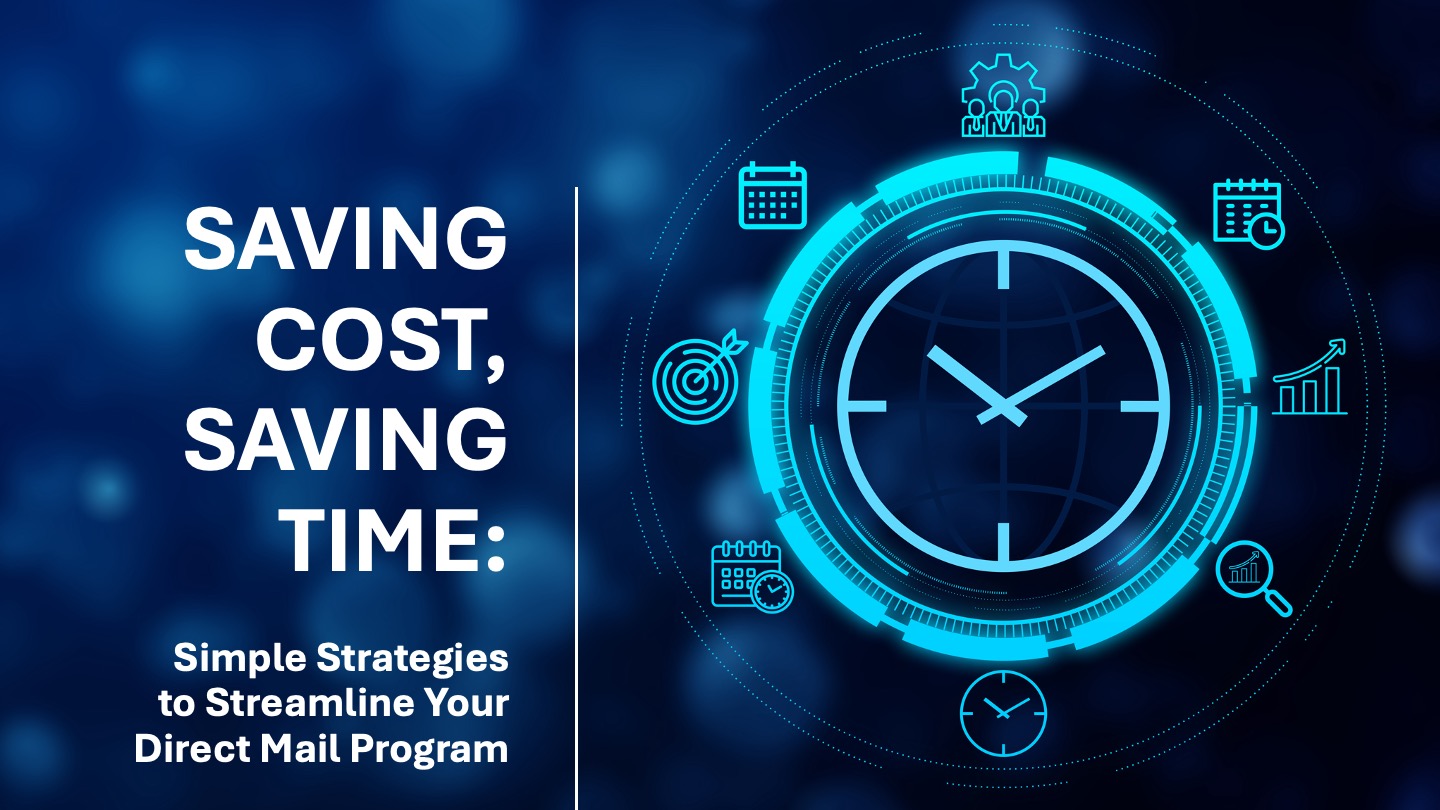Saving Cost, Saving Time: Simple Strategies to Streamline Your Direct Mail Program

If there’s one certainty in direct mail fundraising, it’s that costs will rise — from postal increases to the price of paper and more! As stewards of the funds that nonprofits allocate for fundraising, we must continually adapt our strategies to offset these increases while maintaining strong results.
Our team at Lautman Maska Neill & Company recently compiled our best cost-saving ideas — from postage and format testing to audience versioning and the oft-overlooked idea: saving time. Here are our recommendations!
POSTAGE
For one organization, we tested a CRE against the control BRE in acquisition, which led to no change in results — but significant savings on return postage costs. For another nonprofit that mailed every mid-value appeal with a stamped reply envelope (SRE), we tested into a BRE for select campaigns — leading to a yearly cost savings of over $100k!
Another client mailed their $500-999.99 donors via First-Class postage for years, but testing Nonprofit postage yielded no difference in results at lower overall cost.
VERSIONING
And speaking of specific audiences, one nonprofit included a large volume of non-mail-acquired donors in almost every appeal. By testing a less expensive postcard with a QR code to these “non-mail” donors, we were able to bring in roughly the same net revenue while streamlining this audience’s communications. (Please note that we do not recommend this tactic for donors who already give through the mail.)
Another organization wanted to reduce costs in their renewal series. We tested a “copy effect” of their February Renewal in the March time slot. The copy mailing had no statistically significant difference in results compared to the original March mailing, but gang-printing these two campaigns together decreased costs significantly.
PACKAGE TESTING
When it comes to package formats, sometimes less is more. Another of our clients tested a smaller (cheaper) address label sheet as the premium in acquisition and found it maintained all performance metrics while lowering cost to acquire (CTA) by 19%!
Also in acquisition, another nonprofit tested out of a buckslip promoting a back-end premium in favor of an image of the premium on the outer envelope. This eliminated one package insert entirely, boosted response by 12%, and lowered CTA by approximately $17.
Another organization’s long-standing control package featured three photocard inserts. We tested replacing the cards and adding the photos (with captions) to the letter. This test yielded substantial cost savings over the course of a year without affecting response or revenue.
PLUS
And of course, it’s important to consider more than just monetary cost but the cost of your team’s time as well.
Ask yourself:
- Does your campaign need five different letter versions, or do they just increase work without increasing revenue?
- Are each of your reports used to guide future strategy, or are some created just out of habit?
- Do you need to test in every campaign, or are certain controls so strong that you can skip testing occasionally to redirect those cost savings elsewhere?
Freeing up time leaves more room to get creative — which can help you identify strategies that boost results and save on spend.
We hope these ideas spark savings in your own programs!

This article appeared in the DMFA Fall/Winter 2024 Newsletter